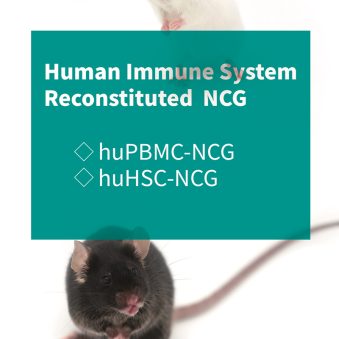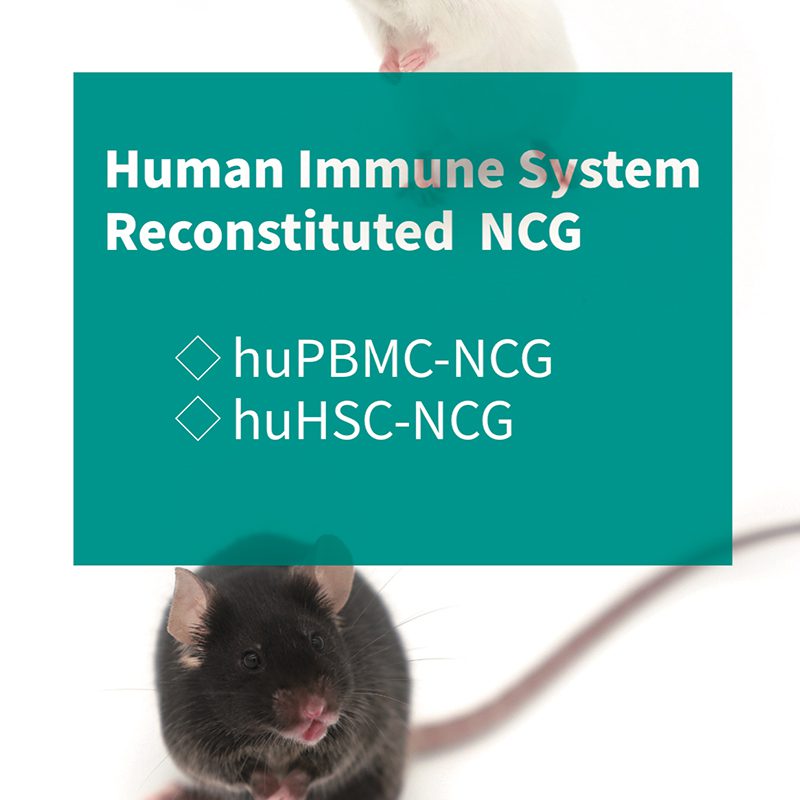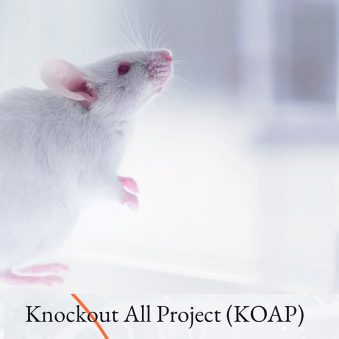- Your cart is empty
- Continue Shopping

Targeting chondrocytes for arresting bony fusion in ankylosing spondylitis
Shao, F., Liu, Q., Zhu, Y. et al. Targeting chondrocytes for arresting bony fusion in ankylosing spondylitis. Nat Commun 12, 6540 (2021). https://doi.org/10.1038/s41467-021-26750-6






